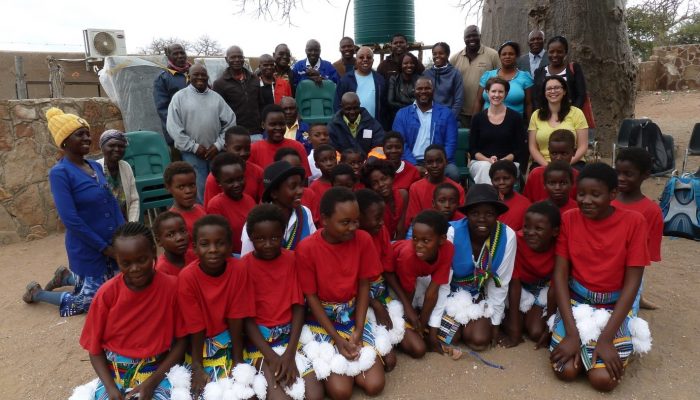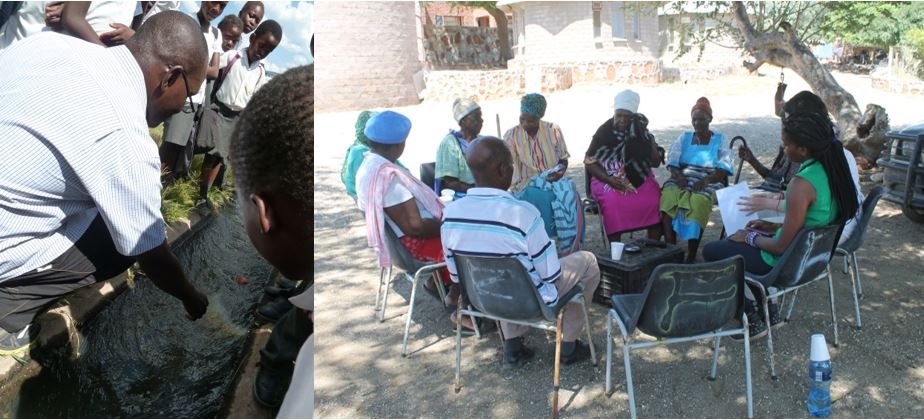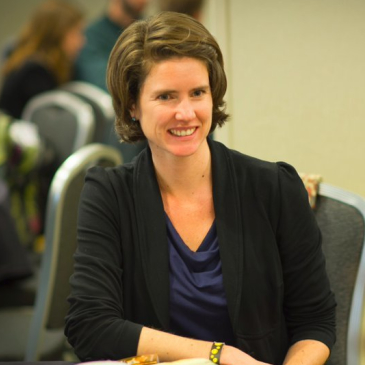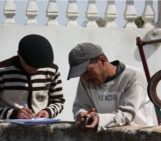
Post by Anne Van Loon, Lecturer in Physical Geography (Water sciences) at the University of Birmingham, in the United Kingdom.
__________________________________________________
In recent years the human dimension of hydrology has become increasingly important. Major flood and drought events have shown how strongly water and society are intertwined (see here and here). The hydro(geo)logical research community is increasingly including this human dimension, for example within the IAHS Panta Rhei decade (link), which focuses on the interface between environment and society and aims to “make predictions of water resources dynamics to support sustainable societal development”. Previous Water Underground blog posts have shown the importance of this topic and highlighted opportunities and methodologies for scientists to engage with socio-hydro(geo)logy and humanitarian projects. Viviana Re, for example, introduces the term socio-hydrogeology and promotes sustainable groundwater management in alliance with groundwater users (link). And Margaret Shanafield argues that humanitarian groundwater projects are “an opportunity for scientists to have an impact on the world by contributing to the collective understanding of water resources and hydrologic systems” (link).
In our interdisciplinary project CreativeDrought (link), which uses local knowledge and natural and social science methods to increase local preparedness for uncertain future drought, we are applying these ideas and we realise how important different types of connections are in our two-way learning process. We just completed our second fieldwork phase of the project that consisted of workshops in which groups of people from a rural community in South Africa experimented with potential future drought scenarios and created stories about how they would be impacted by the drought and what they could do to prepare for and adapt to it. Our scientific team consisted of hydrologists and social scientists from local and UK-based institutes and the groups in the community who participated were the village leaders, livestock farmers, irrigation farmers, young mothers, and elderly people.

Young women collecting water from communal standpipe (photo: Sally Rangecroft).
Both the scientific team and the community groups were interested to learn from each other’s knowledge and experience (or just curious, see photo below of our Zimbabwean colleague Eugine measuring irrigation canal discharge with an apple). During the time we spent in the community (four weeks in March/April and two weeks in July) we both learned about important connections. As hydrologists and hydrogeologists we know that different parts of the hydrological system are connected and that these connections are extremely important if you want to understand, predict, and manage the system. Knowledge about the connection between groundwater and surface water is what we as hydrologists could bring to the community. The community was getting their water from different sources: drinking water from a groundwater well, irrigation water from a reservoir that releases water into the river, and water for bathing, washing, brick making, and cleaning cars from the river. By showing how a drought would affect each of these water supplies and discussing amongst groups that would be affected differently by a drought, they learned about the connection between the water bodies and how abstraction in one would affect the other.

Researchers measuring discharge with help of schoolchildren and collecting stories about previous droughts and floods (photos: Anne Van Loon and Sally Rangecroft).
We scientists also learned some important connections from the community. For example, our project focuses on drought but when we asked the community to tell us about droughts they had experienced in the past, many also told us about flood events. For the community, both are water-related extreme events that often even impact them similarly, with crop loss, drinking water problems, diseases, etc. Even though floods and droughts are governed by different processes (floods by fast, mostly near-surface pathways and droughts by slower, sub-surface storage related pathways) and different tools and indices are used to characterise both extremes, people at local scale have to deal with both floods and droughts when the hydrological system goes from one into the other or when both occur simultaneously in different parts of the hydrological system. We realised that our academic world is so fragmented that we often forget about connecting floods and droughts in our scientific work. Furthermore, we forget that we may affect one hydrological extreme when trying to manage our resources for the opposite hydrological extreme.
The most important, but unintended connections we discovered, however, were the connections between people. During our stays in South Africa, we connected as hydrologists and social scientists and between the UK-based and local researchers, learning to communicate across different disciplines, languages and audiences. The project also helped the community rediscover some connections between generations (young mothers and elderly ladies) and between different sectors (livestock farmers and irrigation farmers). And finally, we as a scientific team connected with the community. As a token for our newly established connection, the children’s dance group performed traditional dances during our final visit with the chief and the village leaders (see below), only bestowed on very special guests. That is the best confirmation we could get that personal connections are important and that our water management and our science depend on them!

Everyone connected: researchers, village leaders, dancers (photo: Khathutshelo Muthala).
__________________________________________________
 Anne Van Loon is a catchment hydrologist and hydrogeologist working on drought. She studies the relationship between climate, landscape/ geology, and hydrological extremes and its variation around the world. She is especially interested in the influence of storage in groundwater, human activities, and cold conditions (snow and glaciers) on the development of drought.
Anne Van Loon is a catchment hydrologist and hydrogeologist working on drought. She studies the relationship between climate, landscape/ geology, and hydrological extremes and its variation around the world. She is especially interested in the influence of storage in groundwater, human activities, and cold conditions (snow and glaciers) on the development of drought.
Bio taken from Anne’s University of Birmingham page.



